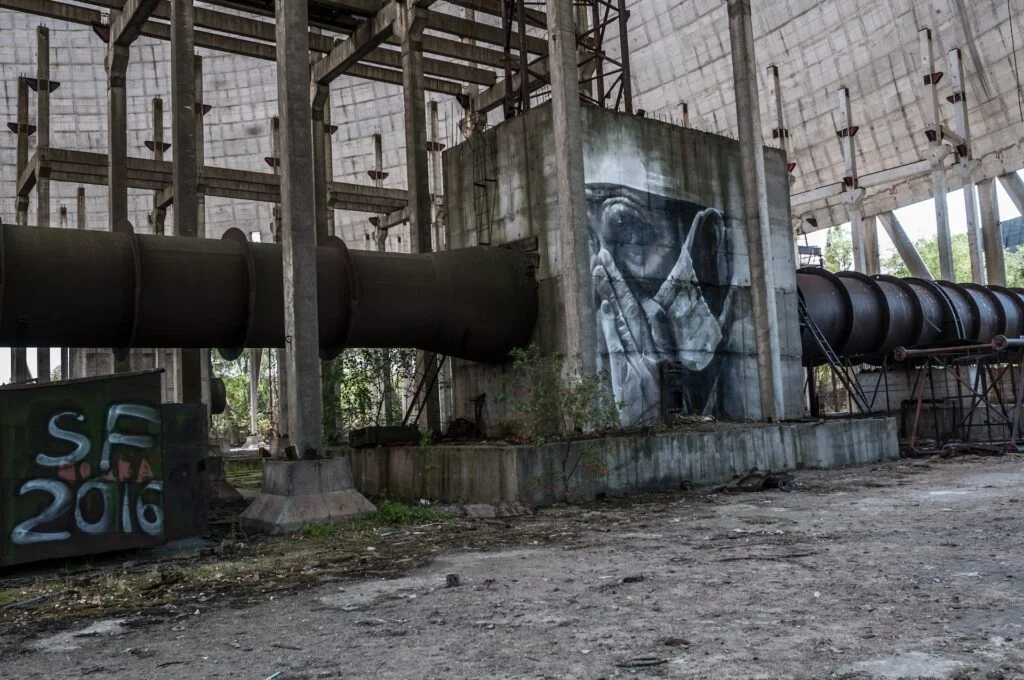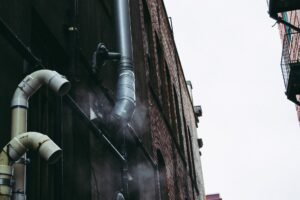The Crucial Role of Proper Pipework Design and Layout in Ensuring Efficiency and Safety
Proper pipework design and layout are foundational elements in any fluid transportation system, playing a pivotal role in ensuring efficiency, safety, and longevity. Whether in industrial settings, commercial buildings, or residential structures, the design and layout of pipework directly impact the overall performance and reliability of the system. In this article, we will explore the importance of investing time and effort into meticulous pipework design and layout to achieve optimal functionality and mitigate potential issues.

Efficiency in Fluid Transportation
One of the primary objectives of a well-thought-out pipework design is to optimize the efficiency of fluid transportation. The layout should facilitate the smooth flow of liquids or gases, minimizing friction, pressure drops, and turbulence. Properly sized pipes, strategically placed fittings, and a well-designed network contribute to reduced energy consumption and operational costs. Engineers must consider factors such as flow rates, pipe diameter, and the overall topology of the system to create a design that promotes efficient fluid movement.
Safety Considerations
Safety is paramount in any pipework system. Improper design and layout can lead to a myriad of safety hazards, including leaks, pressure bursts, and corrosion. A well-designed pipework system takes into account the properties of the transported fluids, potential chemical reactions, and environmental conditions. It includes safety features such as pressure relief valves, emergency shutdown systems, and proper material selection to withstand the intended operating conditions. Neglecting safety considerations can result in catastrophic consequences, making it imperative to prioritize safety in the design phase.
Maintenance and Accessibility
An often overlooked but critical aspect of pipework design is the ease of maintenance. A well-designed system should allow for straightforward access to components, minimizing downtime during repairs or routine maintenance. Thoughtful layout planning involves considering accessibility to valves, joints, and other critical points for inspection and maintenance purposes. This not only ensures the longevity of the pipework but also reduces the overall cost of ownership by streamlining maintenance procedures.
Flexibility and Adaptability
In a dynamic industrial or commercial environment, the ability to adapt to changing requirements is crucial. Proper pipework design allows for flexibility in system modifications and expansions. Engineers should consider future scalability, potential changes in production processes, and the integration of new technologies. A well-designed system can easily accommodate alterations without requiring a complete overhaul, saving both time and resources.
Minimizing Environmental Impact
The environmental impact of pipework systems cannot be overstated. Poorly designed systems can lead to leaks, spills, and emissions that harm the environment. A comprehensive design takes into account environmental regulations, waste reduction strategies, and sustainable materials. Furthermore, by optimizing energy efficiency and minimizing resource usage, a well-designed pipework system contributes to a more eco-friendly operation.
Integration of Technology
Advancements in technology have revolutionized pipework systems, introducing smart sensors, automation, and monitoring capabilities. A well-designed pipework layout incorporates these technological innovations to enhance control, monitoring, and maintenance. Smart systems can provide real-time data on fluid flow, temperature, and pressure, allowing for proactive decision-making and the early detection of potential issues.
Conclusion
In conclusion, the importance of proper pipework design and layout cannot be overstated. It is the backbone of efficient and safe fluid transportation systems across various industries. By investing in meticulous planning, considering safety aspects, ensuring accessibility for maintenance, and embracing technological advancements, engineers can create pipework systems that not only meet current needs but also adapt to the evolving requirements of the future. Ultimately, a well-designed pipework system is not just a component of infrastructure; it is a strategic asset that contributes to operational excellence, sustainability, and overall success in any application.

